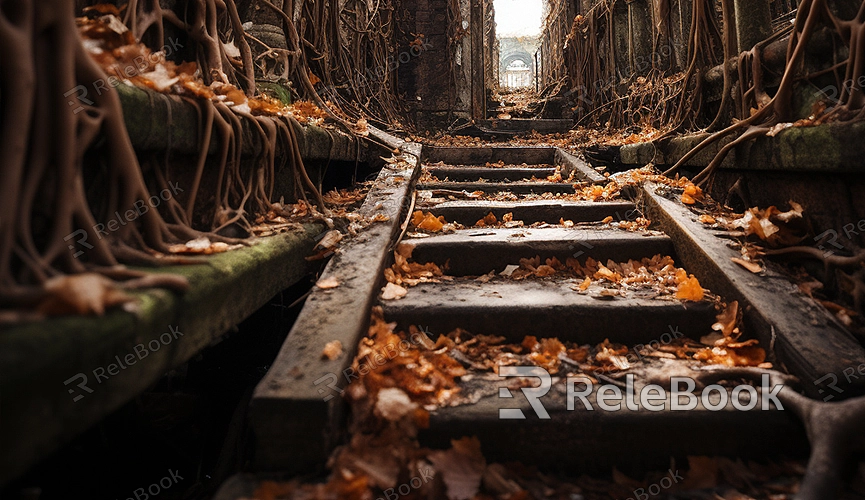Texture Flipping in Blender
Flipping textures in Blender allows you to change the orientation of texture images to achieve optimal visual effects. This technique is highly useful in many scenarios, as textures are a key element in giving models a vibrant appearance. Texture flipping can add more creativity and a unique look to your models. Here are several specific application examples demonstrating how flipping textures enhances the visual appeal and practicality of models.

Basic Preparation:
First, open Blender and load your 3D model. Ensure that the model's UV mapping is complete to prepare for the upcoming texture flipping.
Flipping in UV Editor:
Open the UV editor for the model, select the desired UV faces in edit mode, and then use transformation tools (such as mirror, rotate, or scale) to flip or adjust the UV mapping, influencing the direction and position of the texture.
Flipping in Node Editor:
In the Node Editor, you can use nodes to adjust the direction of the texture. For instance, use Texture Coordinate nodes and Mapping nodes to control the direction, rotation, and scale of the texture, achieving the desired flipping effect.
Texture Coordinate Adjustment:
In texture nodes or material settings, you can adjust the offset, rotation, or scale of texture coordinates to achieve the effect of flipping the texture.
1. Unique Texture Flip on the Ground
Imagine designing an outdoor scene where you want the ground texture to have a more dynamic effect. By flipping the texture, you can break monotony, giving the ground texture a unique arrangement, resembling natural river channels or layers.
2. Dynamic Texture Flip on Wall Surfaces
For architectural models, wall textures often require unique designs. If you want the brick wall texture to avoid appearing too regular and repetitive, flipping the texture of certain bricks can break the pattern, making the wall look more natural and random. Through texture flipping, you can add dynamism to the wall, such as emulating the streamlined design of modern architecture, making the texture flow on the wall.
3. Fashionable Design for Character Clothing
When designing characters, the texture of clothing is crucial for the overall appearance. Through clever texture flipping, you can seamlessly align patterns, enhance the overall appearance of the clothing, and create a sense of fashion, such as making the skirt appear naturally swaying, adding liveliness to the character.
4. Exotic Texture for Fantasy Scenes
If you're creating a fantasy scene to express exotic beauty, texture flipping will be your powerful assistant. For example, applying flipped textures on buildings can break traditional architectural forms, showcasing an exotic atmosphere.
5. Glistening Texture Flip on Water Surfaces
When designing lake or ocean scenes, flipping the texture on the water surface can simulate the sparkling effect of ripples. Through careful adjustments, you can create realistic water ripples, making the entire scene more vivid.
6. Transforming Texture on Wooden Furniture
To make designed furniture more creative, you can use texture flipping. For example, flipping the texture on wooden tables and chairs creates a dazzling effect, as if the wood grain is changing and flowing.
7. Irresistible Texture on Food Surfaces
When designing food models, texture flipping can add more layers to the surface. For instance, applying flipped textures on a cake's surface makes it look more tempting, as if you can taste the sweetness.
8. Futuristic Design with Texture Flip on Hi-Tech Devices
In sci-fi scenes, applying texture flipping on hi-tech devices can give your model a futuristic feel. For example, adding flipped textures to mechanical components creates a sleek appearance for high-tech equipment. If you need a plethora of high-quality 3D textures and HDRI, you can download them from Relebook and import the textures directly into your models after downloading.

